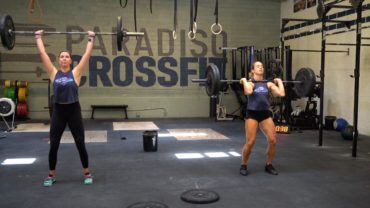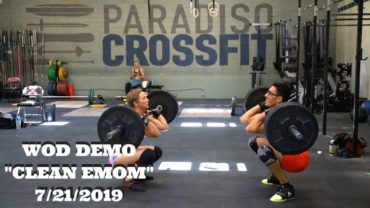The Definition of Fitness
The three models of fitness provided CrossFit a direction and focus by which to pursue their aims of achieving as broad and general an adaptation as possible. Amateur athletes, Military/Law Enforcement/Firefighters, soccer moms, elderly populations, and laypeople chased the three models to great success.
Over time and according to all relevant data, their training witnessed unprecedented increases across a wide variety of modal functions, and across all meaningful time domains. This observation, increased work capacity across broad time and modal domains, when looked at more closely was revealed to be not only a resultant adaptation of the CrossFitting protocol but also took priority over any other metric.
No aspect of the ten skills, the metabolic pathways, or the hopper model could be traded up for a decrease in work capacity, at least not in pursuit of the fitness we were after. This led Coach Glassman to conclude and offer in 2007 that this increase IS fitness. The definition of fitness was from that moment Work Capacity Across Broad Time and Modal Domains.
Here finally was a definition worthy of pursuit and scrutiny, subject to measurement (and therefore open to meaningful debate), comprised entirely of mathematically and physiologically accurate and precise data points, universally applicable, and arrived at entirely via a posteriori (through experimentation and observation) rather than a priori (derived through theory and first principle.) This definition beautifully unified all three models of fitness into an organic whole and was a revolutionary step towards the quest for elite fitness.
Watch Coach arrive at the definition in this three part lecture. Part One, Part Two, Part Three.

Thank you to benjamengreen.com for the graph.
Post thoughts to comments.















